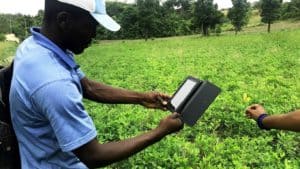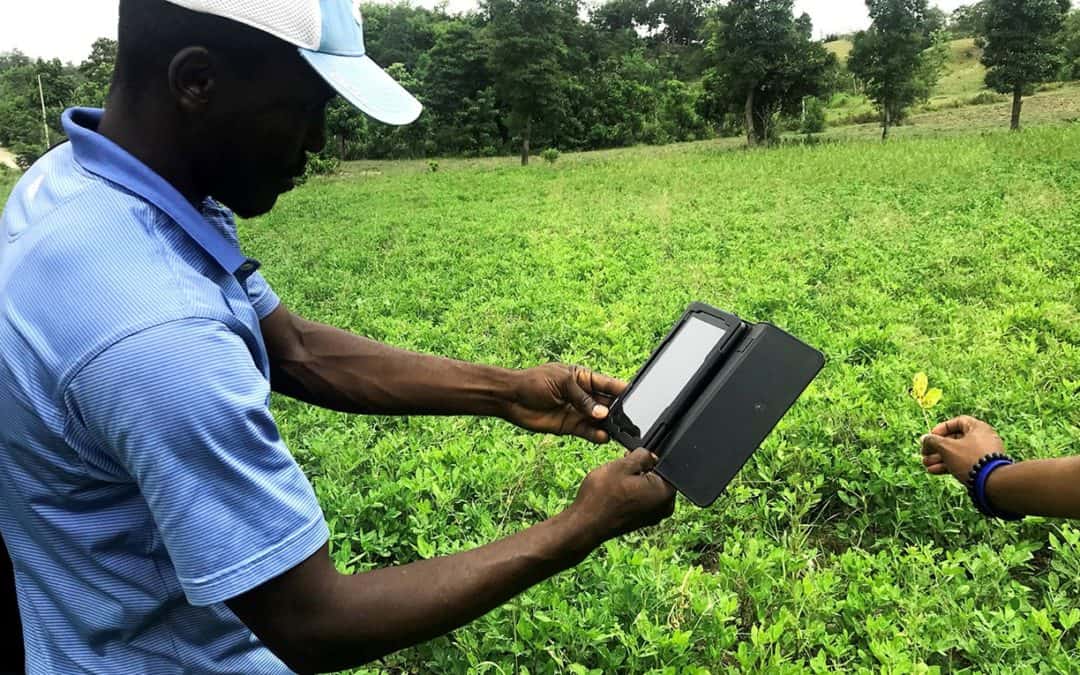DIGITAL FOOD SYSTEMS EVIDENCE CLEARING HOUSE

Implemented in:
Primary users:
Food system component(s):
Food system activity/ies:
Type(s) of digital intervention:
More information
https://farmforce.com/FarmForce aims to deliver digital solutions to secure sustainable sourcing, improve farmer quality of life and protect the environment. Launched in Nairobi, Kenya in 2012, Farmforce supports local and global agribusinesses to understand where their products originate and how they were grown.
Description

We support companies to understand where their products originate and how they were grown. To create more professional and transparent relationships between companies and smallholders, we provide digital traceability in procurement from over 350,000 smallholder farmers along 45+ agricultural supply chains.
Our mobile technology to replace existing paper-based processes and thereby provide traceability to the field level, increase management information and transparency, reduce fraud, enable two-way SMS communication, document compliance with any food and sustainability standards (GlobalGAP, Rainforest Alliance, Organic, FSMA) and to simplify audits.
Estimated number of active users:
- At inception: 0
- At time of last report: 350000
Evidence of impact
Transparency and traceability in the food system in emerging markets are key to reducing fraud, improving food safety, increasing supply-chain efficiency, reducing food waste, and improving the sustainability of the food value chain.
For buyers, Farmforce’s platform enables direct sourcing and the integration of the supply chain at the farm level. Moreover, it allows for product traceability with farm specifications to the bag level. It increases visibility on yields for forecasting supply and provides documentation for compliance.
For farmers, the platform helps to boost output through improved analytics for crop selection and better practices. It mitigates risk through integration of crop production, credit, and insurance and digital payments. Additional benefits include management of certifications and collection and analysis of production, social, economic and environmental indicators.




